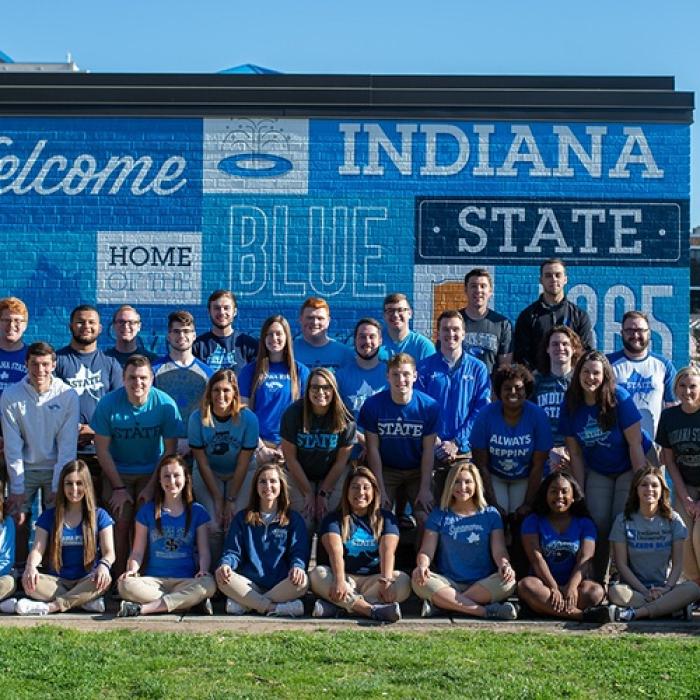THE OUTCOME
Service Line Outcomes and Efficient Spend
37%
increase in cancer care patient preference scores YoY
increase in cancer care patient preference scores YoY
18%
increase in projected new patient visits for cancer care YoY
increase in projected new patient visits for cancer care YoY
35%
rise in orthopedics patient preference scores YoY
rise in orthopedics patient preference scores YoY
22–37%
projected increase in new patient visits for orthopedics YoY
projected increase in new patient visits for orthopedics YoY
37%
increase in cancer care patient preference scores YoY
increase in cancer care patient preference scores YoY
18%
increase in projected new patient visits for cancer care YoY
increase in projected new patient visits for cancer care YoY
35%
rise in orthopedics patient preference scores YoY
rise in orthopedics patient preference scores YoY
22–37%
projected increase in new patient visits for orthopedics YoY
projected increase in new patient visits for orthopedics YoY
Navigating the Evolving Landscape of Healthcare Marketing
In an era of tightening budgets and escalating pressures, healthcare marketers are increasingly tasked with achieving more results despite fewer resources. How can you, as a marketer in this environment, navigate the shifting landscape, evolve your strategies, and drive impactful marketing results?
We delved into this question at the recent Healthcare Marketing & Physician Strategies Summit (HMPS24), as our CEO, Steve Kessen, along with our esteemed partners at Penn Medicine, Corporate Directors of Enterprise Growth Marketing, Camelot Ives and Joshua Torrisi, offered invaluable insights on how to not only adapt but thrive in today’s evolving healthcare marketing landscape.

Inflationary Pressures + Shifting Media Consumption are Impacting Healthcare Marketing
Steve opened the session by addressing the key trends, pressures, and forces shaping the landscape for healthcare marketing leaders and their organizations. He highlighted a significant downturn in marketing spending within the industry, noting that 78% of healthcare marketers have reported budget cuts due to inflationary pressures. He also shared that although 64% of Americans engage with digital media most often, healthcare organizations allocate only 39% of their budgets to digital, necessitating a pivot towards more precise and outcome-focused marketing strategies.
Key Industry Statistics
Impact of Economic and Media Trends on Healthcare Marketing
-
-
-
78%
of healthcare marketers report budget cuts due to inflation
of healthcare marketers report budget cuts due to inflation
64%
of Americans most often engage with digital media
of Americans most often engage with digital media
39%
of Healthcare marketing budgets are allocated to digital media
of Healthcare marketing budgets are allocated to digital media
Transforming Operations for Enhanced Efficiency + Marketing Impact
Cam and Josh shared that over the past year, Penn Medicine has strategically integrated corporate functions across the enterprise to transition from decentralized operations to a more unified approach. This has streamlined collaboration and enhanced efficiency, setting the stage for a performance-first marketing model that prioritizes digital engagement and positive ROI.
The Shift to Performance-First Digital Marketing
Building on organizational transformation, Steve highlighted how Penn Medicine adopted a performance-first digital marketing strategy in partnership with Fathom. By reallocating resources from traditional media to digital channels aligned with current consumption trends and using advanced programmatic strategies within a HIPAA-compliant framework, each marketing dollar directly contributes to measurable growth goals, including new patient visits and service line expansion. This precise strategy aligns with clinical and business objectives while driving better patient outcomes and stronger marketing returns.
Significant Service Line Outcomes + More Efficient Spend
After shifting to a performance-first digital strategy, Penn Medicine has significantly enhanced outcomes across its cancer and orthopedics service lines despite a significantly reduced budget. Josh noted that in cancer care, targeted digital marketing strategies boosted patient preference scores by 37% year-over-year (YoY) and increased projected new patient visits by 18% YoY. Similarly, Cam reported that in orthopedics, digital marketing efforts resulted in a 35% rise in preference YoY and are projected to increase new patient visits ranging from 22% to 37% YoY, varying by program.
Embracing Change for Future Success
As leaders navigate the complexities of healthcare marketing, it is imperative to adapt strategies in response to external pressures and internal goals. Embracing change, focusing on performance, and leveraging digital channels are pivotal to maximizing marketing efficacy.
Key Takeaways:
- Your strategy must evolve with patient behavior
- Scrutinize your investments before someone else does
- Make methodical decisions—be intentional, not slow
- Prioritize performance, not reach
Our partnership with Penn Medicine exemplifies how a performance mindset and precision in execution can drive growing results despite limitations. Interested in adopting a performance-first mindset within your marketing organization? Contact us.




